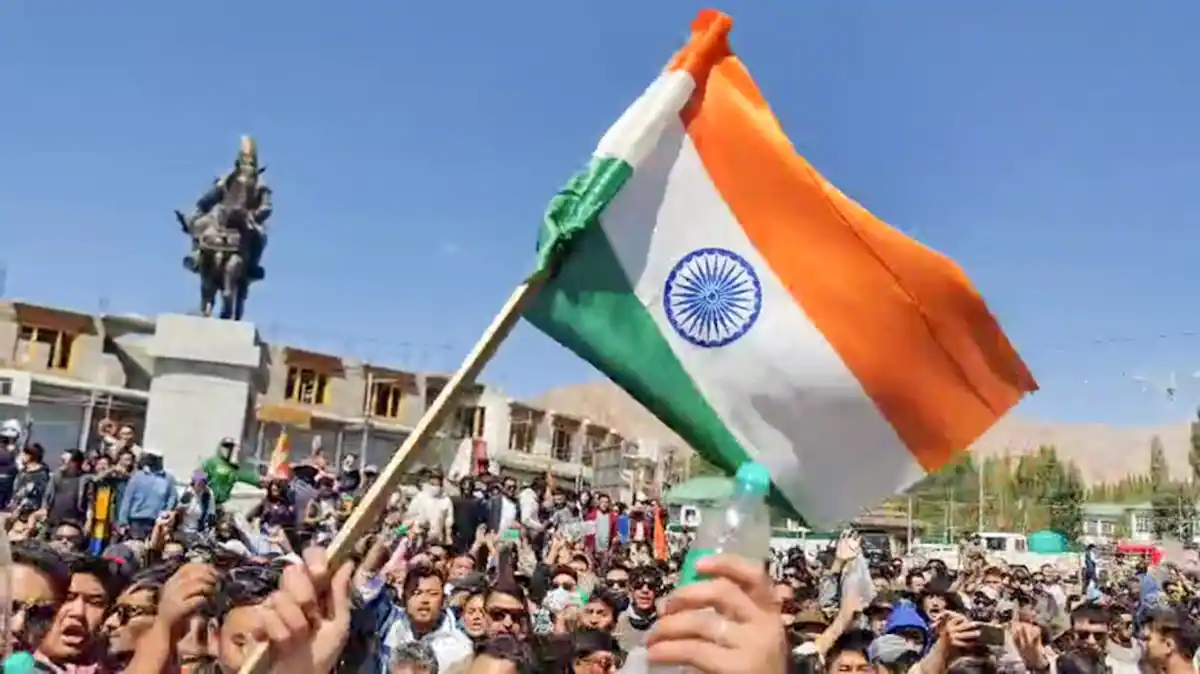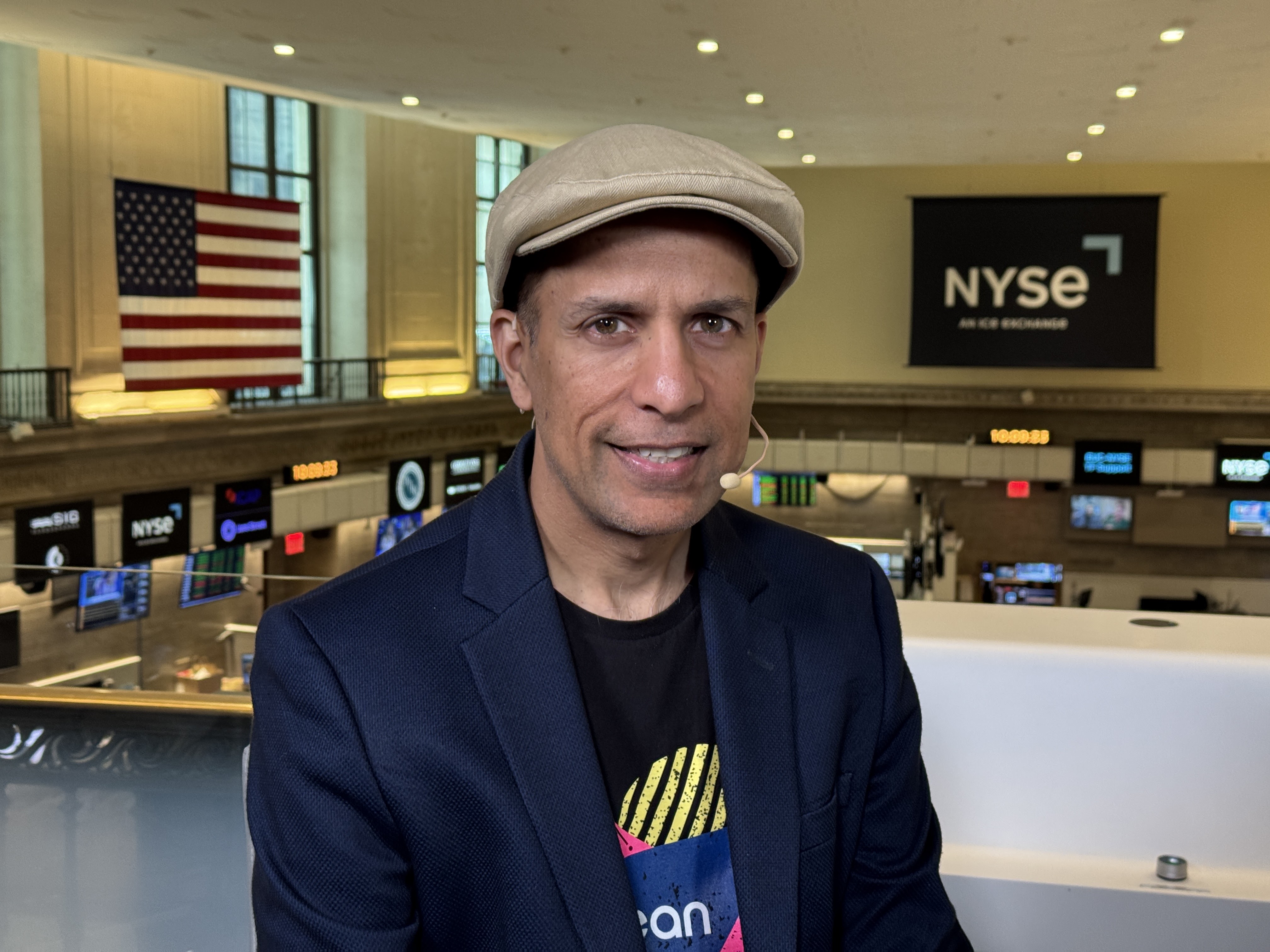Shadow Of Protest: How Weaponized Uprisings Threaten Nations, And Why India Stands Resilient | Opinion
By Major Amit Bansal,Zee News
Copyright india

By Major Amit Bansal Dr. Devashish BindalThe Arab Spring still lingers like a half-forgotten storm in the minds of those who witnessed it. Over a decade ago, the Middle East trembled as protest fueled by rage, dissent, and hidden agenda toppled the governments in Tunisia, Egypt, Libya, and Yemen. Other regimes, cornered by the chaos, scrambled to push through constitutional reforms to appease the crowd and were able to sustain themselves. But beneath the surface of these uprisings, something darker was at play. These werent just spontaneous cries for freedom, but they were, in many cases, carefully orchestrated experiments in destabilization. External forces controlled by Western powers and their shadowy organizations like the National Endowment for Democracy (NED), and George Soros Open Society Foundations (OSFs) poured billions of dollars into what was sold as a noble fight for democracy, human rights, and regional stability. However, the truth was bitter and actually, it was all about power, control, and installing leaders of their own choice.This playbook didnt stay just in the Middle East. It spreadlike wildfire to Sri Lanka, Bangladesh, and Nepal, where protests branded with catchy names like Gen-Z uprisingsbrought swift and unsettling change. At the heart of these movements lie a cold and calculated strategy. The Elite Circulation Theory offers a sobering truth that every society is divided into the rulers and the ruled. Revolutions, no matter how promising they seem, often just swap one elite for another. The game stays the same, only the faces change.The question now is Could India, with its vibrant chaos and deep diversity, be next? And if so, how do we stop it?Decoding The Anatomy of a Weaponized ProtestIt all starts with a spark, an issue, real or manufactured, that stokes public anger. It could be corruption, inequality, or a law, painted as unjust. Then comes the ideological mobilization, a process for whipping up emotions until they boil over. Social media is the perfect furnace for this. Algorithms amplify outrage, turning whispers into echo chambers of fury. Hashtags trend, memes spread, and half-truths go viral. Offline, the game continues through rallies, student unions, think tanks, even concerts or feasts which appear emerging from grassroots but often are not inclusive. Its a masterclass in manipulation, where propaganda outshines truth and emotions run the show. Next, the protests take physical form. Candlelit vigils, torch processions, street theater, protest songs which are actually the soft tools, building anti-government narrative brick by brick. Behind the scenes, resources flow in from everywhere including funds for food, cash, liquor, even weapons. Crowdfunding platforms and NGOs play a vital role in mobilizing these resources. These platforms and NGOs are layered like Russian dolls making it nearly impossible to trace the money. Micro-payments in cash, which are funneled through shadowy intermediaries, keep the wheels turning.Then comes the tipping point, Weaponization. The crowd, when convinced that they are fighting for justice, is nudged toward symbolic targetssuch as government buildings, residences of government officials or leaders, historical monuments, or public spaces. Arson, vandalism, and chaos erupt. When the state pushes back to restore order, the reaction is framed as oppression, fueling more violence. The Arab Spring took years to build this momentum. Today, thanks to the digital age, it can happen in weeksor, as Nepal showed us, a mere 48 hours.Indias Brush with the ProtestsIndia has not escaped the crosshairs of such protests. Recent years have seen protests that fit this pattern all too well and kept the country struggling for days. The anti-CAA demonstrations in Shaheen Bagh and beyond, the uproar against the Kalpakkam Nuclear Facility in Tamil Nadu, the farmers protests that gripped North India, and the recent unrest in Ladakh, all carry echoes of external meddling. The farmers protests, in particular, left a scar when so-called activists stormed the Red Fort, defacing a symbol of Indias rich heritage. Interestingly all these movements were not entirely homegrown. These issues, some legitimate, others overblown, could have been resolved through dialogue but instead of this, they were hijacked, amplified, and weaponized.Another intriguing part is who gets benefitted by such protests? Certainly, not the protesters who risk their lives, not the communities torn apart by division or the common people. The real winners are often those pulling the strings from far, playing geopolitical chess moves for their economic or strategic gain.How India has been able to Sustain herself?Indias diversity, its kaleidoscope of religions, languages, castes, and cultures is both a strength and a vulnerability. On one hand, its a goldmine for those looking to exploit fault lines where religion, caste, class, or regional pride can be twisted into wedges. At the same time, that same diversity is Indias shield. Unlike smaller, more homogenous nations, Indias sheer complexity makes it tough to rally everyone under one banner of outrage. The farmers protests, for instance, roared loud in few northern states of Delhi, Uttar Pradesh, Punjab and Haryana but barely rippled in Gujarat, Rajasthan, Madhya Pradesh or South India. The CAA protests sparked in Delhi but fizzled out everywhere else. It is primarily because Indias people make a heterogeneous group with different interests and aspirations. It takes a Herculean effort and humongous amount of resources to get this nations millions onto the streets.Add to that Indias robust systems: a federal structure that balances state and central power, an independent judiciary, and elections that, for all their chaos, keep democracy ticking. These are bulwarks against collapse. Protests like those for RTI show that dissent can be constructive, even essential. But when agitation turns violent, torching public property or sowing discord, its a red flag that someones playing a bigger game.How to prevent the Script?India is not totally immune to disruption. Violent protests, even if localized, rattle daily life, fracture communities, and erode trust. It starts with creating space for dissent in the form of real, open, constructive dialogue where people feel that they are heard. Think of it as a pressure valve to let off steam before it explodes. At the same time, Law enforcement and intelligence agencies need to stay sharp, weeding out foreign funding or suspicious NGOs before they take root. Indias recent laws to track shady financial flows are a step in the right direction.However, the real defense lies with the people. Investing in education, healthcare, jobs, and infrastructure is not just about progress but it is about giving citizens a stake in the nations future. A society that feels empowered is harder to manipulate. And lets not forget strengthening the moral core rooted in texts like the Bhagavad Gita and the Ramayanawhich remind us to seek justice with wisdom, not vengeance.A Delicate BalanceProtests are the heartbeat of democracy, a tool for change when wielded with purpose. But when they are hijacked, twisted by misinformation, violence, or foreign agendas they become problematic. This is the time when they become weapons against the very people they claim to serve. India, with its chaotic beauty and resilient spirit, has so far held the line. But staying vigilant means learning from the Arab Spring, from Nepal, from Bangladesh. It means,navigating dissent that it builds, not burns. It means ensuring that the voice of the people remains a constructive suggestion and not a pawn in someone elses game.(Major Amit Bansal is a War Veteran and a Geostrategic expert with vast knowledge of international affairs. Dr Devashish Bindal is a Doctorate in English Literature and also an Indian Revenue Service officer)



